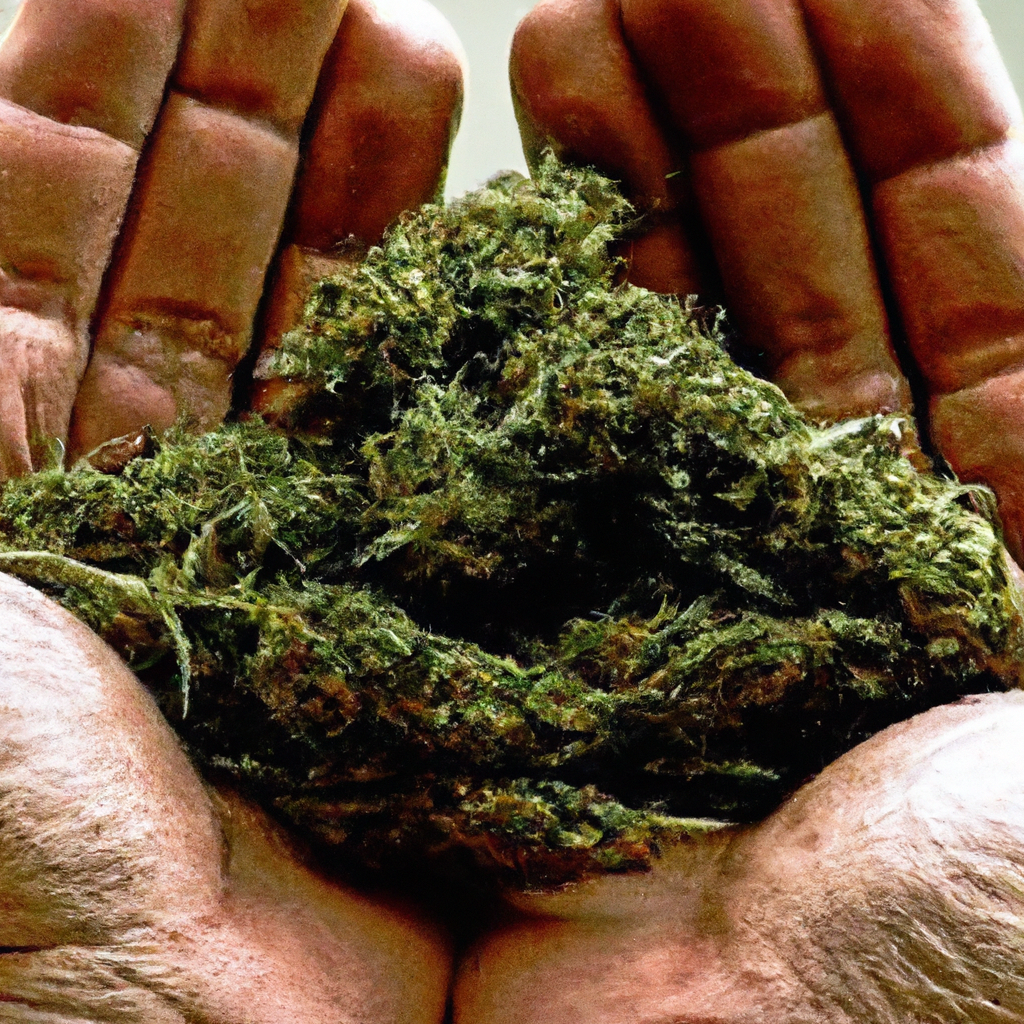By John “Magic” Greenleaf – “Growing greatness, one strain at a time.”
Introduction: The Power of Microbial Teas
In the quest for the perfect cannabis crop, many growers focus on genetic selection and environmental factors. However, an often overlooked secret to thriving plants lies in the root zone with the use of microbial tea brews. These natural concoctions are teeming with beneficial microbes that enhance nutrient uptake, boost plant health, and increase yields sustainably. Let’s delve into why microbial teas should be a staple in your grower’s toolbox.
Understanding Microbial Tea Brews
Microbial tea brews are liquid solutions made by steeping compost, worm castings, or other organic materials with water and a carbohydrate source like molasses. This process cultivates beneficial microorganisms, including bacteria, fungi, and protozoa, which are vital for healthy plant development.
- Nutrient Cycling: Microbes break down organic material, making nutrients more available to plants.
- Improved Soil Structure: Fungal networks help aerate the soil, allowing better root growth.
- Biological Disease Control: Beneficial microbes often outcompete harmful pathogens, reducing the incidence of disease.
How to Brew Your Microbial Tea
Creating a microbial tea is straightforward, and the results are magical. Here’s a step-by-step guide:
- Gather Ingredients: You’ll need 5 gallons of chlorine-free water, 2 cups of worm castings, and 1-2 tablespoons of unsulphured molasses.
- Steep the Mixture: Place the worm castings in a mesh bag or an old sock. Submerge in water and add molasses.
- Aeration: Use an aquarium pump to aerate the solution for 24-48 hours, stirring occasionally to boost microbial growth.
- Application: Use the tea immediately, applying it as a foliar spray or soil drench for maximum potency.
This process ensures your cannabis plants receive a diverse range of beneficial microorganisms, enhancing their resilience and growth.
Real-World Success: Case Study
Take it from my experience in the Rocky Mountains, where the unforgiving climate demands robust plant health. After incorporating microbial teas into my cultivation practices, I’ve seen a remarkable improvement in the vitality and yield of my award-winning strains like “Mile High Mystique.” The microbial community strengthens the root zone, improving nutrient absorption and plant immunity.
Conclusion: Harnessing the Magic of Microbes
Incorporating microbial tea brews into your cultivation routine is a game-changer for enhancing your cannabis crop’s health and productivity. Whether you’re a seasoned grower or new to the scene, these natural brews are an eco-friendly way to achieve bountiful harvests.
Embrace the power of microbes, and watch your plants thrive as they never have before.


Leave a Reply